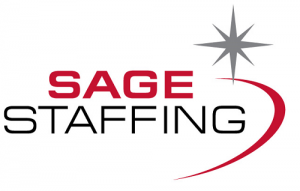In any work environment, consistent communication between managers and employees is essential for success. Speaking with your staff individually, through one-on-ones, is perhaps the most beneficial method of communication. Veteran leaders swear by these meetings, which allow for timely feedback and constructive criticism without fear or anxiety.
There’s little doubt that managers should invest time in one-on-one meetings – but how often should these meetings take place? That depends on the needs of your staff, your personal expectations and your industry. The frequency of your meetings can also increase or decrease based on current projects.
Guarantee Base Meetings
At the very least, you should have individual meetings with staff every three months. This provides an opportunity to talk about career growth, hear employee concerns and address performance issues.
Just having this conversation boosts employee engagement, even if nothing productive happens. Why? Because you’ve shown compassion and understanding. You’ve proven you care enough about your employees to listen carefully and provide an immediate response. Far too many employees never develop that relationship with their supervisor.
This regular meeting should serve as your baseline. From there, the level of each employee and the needs of your team will determine the frequency of meetings.
Take Ongoing Projects Into Account
Your one-on-one schedule will ultimately be decided by the project your team is completing.
For example, you may schedule weekly meetings at the beginning of an essential project, especially with team leaders and key employees. On the other hand, if everything is running “as usual,” you may prefer to schedule biweekly or monthly meetings.
Consider Your Staff
The determination of frequency can also be determined by the number of staff members on your team. Do you need to speak with a dozen employees or several hundred?
Remember, you need only schedule regular meetings with employees who answer directly to you. One meeting every three months is more than enough for employees you rarely oversee, and these meetings should be primarily focused on general career goals, since you likely have some control over promotions.
The Benefits
The benefits of one-on-one meetings are nearly endless, as they provide:
- The ability to fix problems when they’re small
- The time to coach and develop your team
- The chance to give private feedback
- The ability to forgive employees for their mistakes
- The chance to apologize for your mistakes
- The time to explain upcoming changes
- The opportunity to learn what drives your team
Partner with Sage Staffing!
At Sage Staffing, we understand the importance of choosing employees who are prepared to communicate, work hard and improve your company. Contact our experienced team to learn more!



Leave a Reply